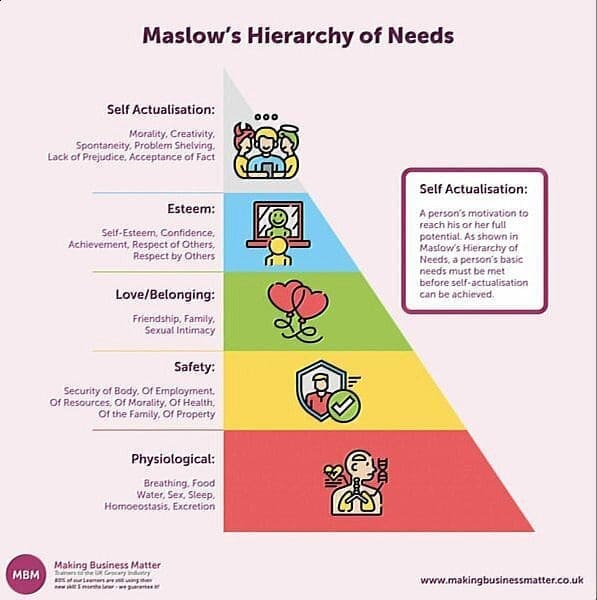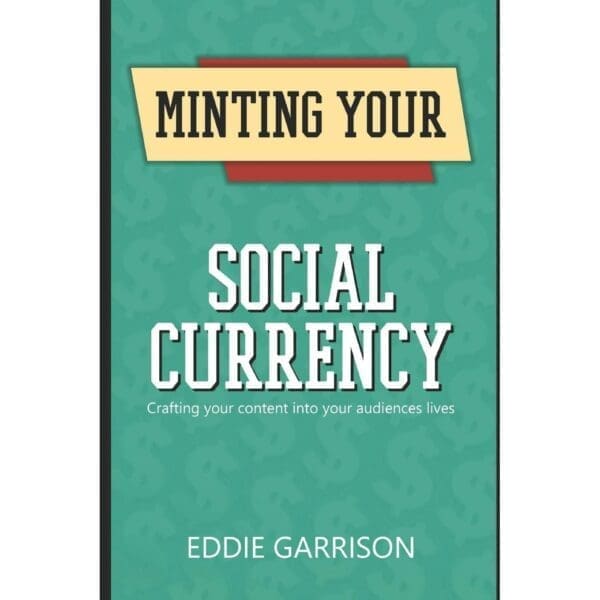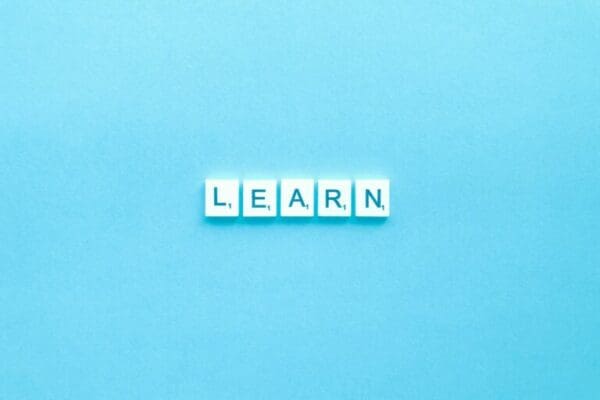Are You Joining in the Chat?
Social currency is a term we hear a lot. It means your influence on social networks, online and offline communities and how much others are ‘sharing’ your business. As social media’s impact grows, social currency is a concept every leader or manager needs to grasp. Understanding how social currency works will help you stand out from the rest. But always remember, you can throw it away with an ill-judged tweet, post or comment!
This article explores how to build social currency in your personal and brand marketing. There are professionals and specialist companies that can help, through highly effective, memorable social media campaigns. You won’t necessarily be able to do their job after reading this. But you’ll be able to have a more meaningful conversation with them about it. If you ‘like’ this article, please share it!
What Does ‘Social Currency’ Mean in Business?
Having social currency increases a brand’s engagement with consumers and customer interactions, by adding to the conversation around the brand. It gives the brand team consumer insights and grants access to information and knowledge shared among the customer base.
Social currency isn’t new. Ever since humans learned to talk, people have shared rumours and gossip with their guild. And they in turn share them with their friends, which is how rumours spread like wildfire. To understand social currency, you need to understand the underlying psychology.
What is the Psychology of Social Currency?
The bottom line is, people share when it benefits them when they get some personal value from doing so. Some observers talk about a Social Currency Wheel:
- In the centre: Personal value.
- Second circle: Knowledge value – entertainment value – monetary value – utility value.
- Third circle: Feeling of significance.
- Fourth circle: Sense of belonging.
Personal value fulfils two basic human needs, as summarised in Maslow’s hierarchy, our need to belong and feel significant. People are social beings. We’re programmed from birth to seek attachment, and compelled to identify ourselves as belonging to groups of similar people.
Click the below image for a higher resolution.

On social media, we comment and share things that make us appear attractive to others, and gain social currency. We communicate things we feel will help build, or preserve, our reputation among our peers. Of course, social media is open to everyone, and there’s a wide spectrum of opinions out there. So people also share and comment on stories or posts to show they disagree and build their social currency. A post can be like Marmite: you either love it or hate it. It’s fine to react, but remember others will read it.
How Does a Person Build Social Currency?
People build social currency in various ways:
- Conversation: building relationships with others through the online equivalent of small talk.
- Advocacy: stating the argument for particular points of view, courses of action or causes.
- Information: sharing knowledge about specific subjects.
- Identity: revealing what kind of person they are and their values.
- Affiliation: showing their support for others.
- Utility: passing on useful information that benefits others.
Status seeking activities have always been of high concern to individuals, and influence how we display ourselves to the world. Back in 2016, Douglas Rushkoff called our present society ‘Generation Like.’ The more ‘likes’ we have, the better we feel.
So how do you go about getting lots of likes, comments, followers and people sharing your stuff? Answer, you need to make it go viral. Let’s hear from an expert.
Ask the Professor – Jonah Berger’s Six ‘STEPPS’

Professor Jonah Berger spent a decade researching what makes things go viral. He identified six aspects of ‘virality,’ with the catchy acronym STEPPS. Here are the Professor’s STEPPS. Think about the posts you see on social, and you’ll recognise them.
Social currency: Sharing to look good in front of others. People share stuff they think is cool, cringe-making or whatever because they think it makes them look good.
Triggers: Expressing what’s at the front of our minds after we see a post.
Emotion: Sharing stuff we care about.
Public: Imitating what we see people around us doing.
Practical value: Passing on stuff that has practical value to others.
Stories: Sharing stories, rather than dry information.
Sometimes it‘s hard for businesses to judge how to manage looking good in front of others. Especially if it looks to some observers like they’re bandwagon jumping. This comes under the ‘Public’ STEPP. Imitating what we see others doing may fire people’s triggers to vent emotion. We’ll say more about this in a moment.
People in social media often talk about story telling. We all like stories told in an interesting way. And if we’re engaging in posts and taking in the information, we don’t really want to scroll down long tables. Or peer at complex graphics with a lot of different points. Better to engage your audience, and tell a story.
How Does a Business or Brand Build Social Currency?

These days, brands do much of their business online, and building social currency plays an integral part. Professor Jonah Berger identified three ways brands can do this:
- Highlight what’s remarkable: Think about what separates you from your competitors. What makes you unique? Concentrate your social activity on highlighting the outstanding aspects of your brand, so people feel compelled to share it.
- Use game mechanics: Incorporating game mechanics motivates customers or users to stay engaged in certain actions. We like being competitive. Running scores and leader boards update people on progress to loyalty awards and encourage them to leave reviews.
- Make people feel like insiders: Exclusivity, as in only offering certain people access to new products or promotions, is classic social currency tactic. It makes them want to share the good news with friends, and your brand becomes more sought after. Another example is crowdfunding, where supporters get exclusive benefits in return for involvement.
Now’s Not the Time for a Post Like That
We mentioned how posts imitating what we see others doing may fire people’s triggers to vent emotion. Experts say the key to using social media successfully is attention, content, engagement and purpose. That’s all good. But you also need to gauge the emotional atmosphere, and show sensitivity.
The news and social media agenda shifts from time to time, as has happened with the Ukraine crisis. Whether an agenda shift is temporary or turns out to be permanent, you need to have empathy with your audience.
If you’re in PR and social media, especially on the consumer side, this can be challenging. Sure, the wheels of industry must keep turning. Your campaign must achieve your coverage target of organic and paid page impressions, hashtag usage and so on. And it needs to get influencers talking and other brands engaging, and all that. But sometimes you need to look at life through a new lens, for the moment, at least. And crucially, persuade your client to do the same.
Relationship Building Skills

This comes down to managing clients’ and leaders’ and managers’ expectations. It doesn’t mean you’re being difficult. See it as an opportunity to work on your relationship building skills.
So, what should you do when the winds of opinion change? Parking light-hearted social media plans in favour of earnest posts about ‘worthy’ activities isn’t always the right move. Sceptical observers may see it as wanting to piggyback on the news and be seen as virtuous. Businesses and brands are drawn to bandwagons, whether it’s Pride Week, diversity, sustainability, veganism, HFSS or whatever. You can’t blame them! But in the end, authenticity is what really counts, in social media as much as in your personal interactions.
Brands can’t stay ‘on mute’ forever in social media. When the atmosphere calls for sensitivity and appropriateness, by all means, join in the conversation with news of your activities. But if you’re switching from your usual social content, be mindful of how it could come across.
The Big Payback – Turning Brands into Social Currency
The goal for marketers is to turn owning their brand into social currency by becoming iconic. As consumers, we love brands because they give us social currency. Part of the attraction of clothes with designer labels is, other people can see them. When the sun shines, you get out the Ray Bans and look cool. Prue Leith is in her 80’s, outside most marketers’ demographic. But her colourful specs are the social currency for glasses wearers because you can’t find them in Specsavers. And the car we drive and the homes we live in are definitely social currency.
Turning to everyday purchases, our food and drink choices are social currency and self-branding, big time. It depends on the circles you move in, of course. Grabbing a burger at macky dees buys social currency with your mates. For foodies, a quinoa salad for lunch in a café says you have values, food awareness and economic status. And carrying a Waitrose bag tells other shoppers you think you’re superior. This kind of talk is all a bit Marmite, people either love it or hate it! But using that figure of speech here shows how strong Marmite’s social currency has become.
Upscaling
If you’re a seriously upscale consumer, you’re still involved in social currency. Premium products tend to be more subtly branded. But offering them to your visitors tells people you want to impress that yes, you are like them.
Many long-established brands have built their past reputations by appealing to particular audiences. But when a previously conservative brand becomes cool social currency without alienating its core demographic, the marketers have smashed it. Lucozade morphed from a convalescents’ pick me up to the daddy of energy drinks. And Burberry didn’t lose any sleep when their posh British country clothing found favour with rappers, who are major influencers.
Was COVID the End of the Influencer as we Know it?

Speaking of influencers, people gain influence in social media through different means. One way is to share content as a subject expert. Do it engagingly and you’ll attract a following. Commercialise it and you’ll become an influencer, and end up advertising and endorsing products on your platform. Followers are an important element of social currency, and people with bigger followings naturally have more influence. And that makes them sought after by brands and agencies wanting to use them to build their social currency.
Influencers as we know them came into being in the noughties when a subset of bloggers made their private lives public. Kenzie Bryant summed it up in 2020 in an article in Vanity Fair. Predominantly women, this group generated scenes of domestic aspiration covering topics including fashion, design, parenting, fitness and wellness. Eventually, they moved on to Instagram and YouTube and were dubbed influencers. They got paid in sponsorships, discounts and other perks from lifestyle brands.
But when the pandemic hit, as Kenzie Bryant pointed out, some of these influencers misjudged things. Up to then, they had been selling to their audience under the guise of authenticity. Live as I do, and your life too can be more beautiful. Now, faced with the COVID crisis, they were lacking in self-awareness. The self-aggrandisement which got the influencers to where they were, didn’t sit well with people the pandemic was hitting hard. When some flaunted their privilege to queue jump for COVID help and got caught out, they were shamed. It tried their audience’s patience. And worse, they lost sponsors.
Back in Britain…
Meanwhile here in Britain, our most successful influencers were rather more self-deprecating. Sure, celebs from ‘TOWIE’ et al had platforms endorsing products, linked to eCommerce sites, but didn’t take themselves too seriously. And so, like other businesses during COVID, they showed resilience and came through.
These days Britain’s biggest influencers are still around and lead by being self-aware and humble. In 2020 Manchester United player Marcus Rashford used his position to campaign against racism, homelessness and child hunger. He was awarded the MBE and voted Campaigner of the Year in the 2020 GQ Men of The Year. When Stephen Fry retweeted the 99% Organisation’s NHS Health & Care Bill petition, the signatures soared into the stratosphere. And it wasn’t just virtue signalling, he ended up co-signing their open letter to save the NHS.
Less distinguished than either, perhaps, but still a stellar influencer, you may dismiss Gordon Ramsay for his outspoken outbursts. But if your social campaign gets him swiping the other influencers in his Tik Tok ‘React’ series, you’re made.
And Finally: Build up Your Social Currency Knowledge, From Serious Reading to Netflix
To find out more about social currency, there’s a learned paper you can download from researchgate.net. It’s called Consumer engagement: the role of social currency in online reviews. The authors are Mohammet Kesgin and Rajendran Sriramachandramurthy at Rochester Institute of Technology.

There are also some books to read. Start with Eddie Garrison’s Minting Your Social Currency: Crafting your content into your audience’s lives. It includes specific brand examples for building social currency. And goodreads.com says it has some great information on algorithms and how to monitor your brand content.
Or if you’d prefer a fun way to learn about this, catch ‘Social Currency,’ due on Netflix in 2022. Eight top Indian social media influencers compete to survive 21 days without their personal mobiles, social handles and online followings. By attracting a wide audience, ‘Social currency’ will add to social currency’s social currency. And of course it has its own official Instagram account. When it comes out, watch it and improve your own social currency by sharing what you think.
And if you liked this article, share it with someone you know!
Action: For even more useful content on people management, check out our ultimate guide on People Management Skills.




